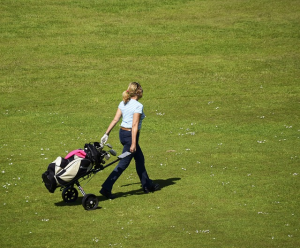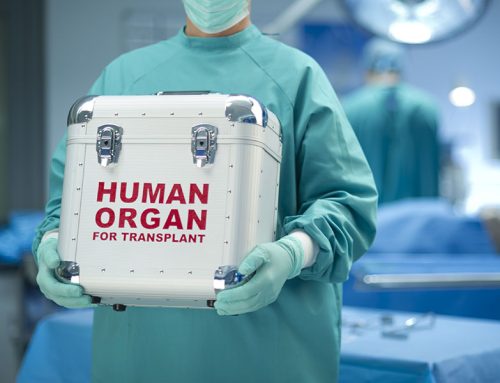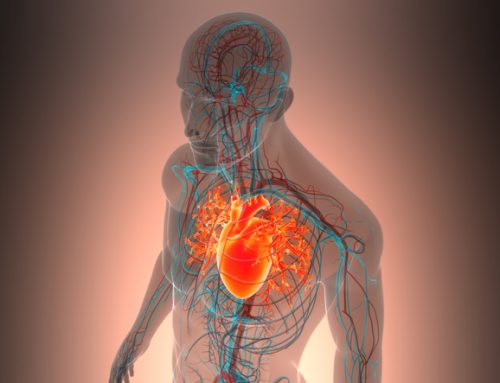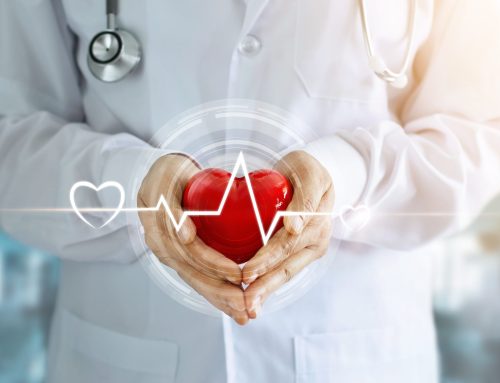
More physical activity is positively associated with higher plasma levels of Coenzyme Q10 in older adults. CoQ10 is vital for the process of cellular energy production and for antioxidant protection of the cells and plasma lipoproteins.
A 2014 study has shown that greater fitness among older adults is associated with the following health benefits:
- higher levels of plasma Coenzyme Q10
- lower levels of lipid peroxidation (degradation of lipids)
- lower levels of cholesterol
The study participants – 19 men and 24 women – had an average age of 71 years. The data from the study show that physical activity in the senior years can increase plasma concentrations of Coenzyme Q10 and can reduce the presence in plasma of a well-established bio-marker for oxidative stress [Del Pozo-Cruz 2014].
Coenzyme Q10 and oxidative stress
In the daily course of our using food and oxygen to make energy, we produce dangerous by-products called free radicals. Exposure to radiation and environmental toxins also produces harmful free radicals in our bodies.
Harmful free radicals
The free radicals are unstable molecules that steal electrons from other molecules in their efforts to become stable. In stealing electrons, they, in turn, create more unstable molecules and set off chain reactions. The name that chemists give to this stealing of electrons is oxidation (think of iron rusting or butter turning rancid).
Antioxidants like Coenzyme Q10 defend against free radicals
Our body’s defense against the oxidative damage caused by harmful free radicals comes from the action of antioxidants such as Coenzyme Q10, several selenium containing proteins, and vitamins C and E as well as various carotenoids and plant polyphenols. The antioxidants neutralize the harmful free radicals as best they can.
Older adults need more Coenzyme Q10
Oxidative stress occurs whenever there are many more free radicals damaging the cells and tissues than there are antioxidants to combat them. Oxidative stress is especially a concern in older adults because their bodies are producing fewer of the endogenous antioxidants such as Coenzyme Q10, and, typically, older adults are getting fewer antioxidants in their food. Consequently, older adults need a daily well-formulated Coenzyme Q10 supplement.
Physical activity and oxidative stress
Physical activity is thought to provide humans with preventive mechanisms against oxidative stress, and one benefit of physical activity may be the enhancement of antioxidant capacity in humans [Corbi 2012].
Aging, accompanied by a lack of physical activity, has been associated with higher levels of oxidative stress [Ji 2001] and, consequently, with higher risk of cardiovascular disease and death [Deichmann 2012].
Reduced oxidative stress (through the activity of antioxidants) is associated with various cardiovascular-related health benefits [Corbi 2012]:
- Decreased stiffness of the arteries
- Better endothelial function (the endothelium is the layer of cells lining the inside of the blood vessels)
- Improved metabolic functioning
- Reduced body weight
Measuring fitness (functional capacity) in the 2014 study
- To assess upper-body strength, the researchers used the hand-grip strength test.
- To assess agility and mobility, they used the Time Up and Go test.
- To assess lower body strength, they used the 30-second chair-to-stand test.
- To assess cardiovascular fitness, they used the six-minute walk test.
Measuring the levels of oxidative stress in the 2014 study
To assess the levels of oxidative stress, the researchers measured the levels of malondialdehyde in plasma. Malondialdehyde is well-established as a bio-marker for oxidative stress. Whenever free radicals degrade polyunsaturated fats in the body, malondialdehyde is produced, and malondialdehyde is, then, itself, a very reactive substance and a substance that causes toxic stress in the cells.
The main finding: higher fitness = higher Coenzyme Q10 levels in older adults
First and foremost, the researchers found that higher levels of fitness (which they called functional capacity) were associated with higher levels of Coenzyme Q10 and with lower levels of malondialdehyde in the blood in elderly people.
The components of fitness that were associated most solidly with more Coenzyme Q10 and less oxidative stress were the cardiovascular and strength aspects of fitness. This finding indicates that both aerobic (cardiovascular) training and strength training are important for senior citizens.
Agility measurements were not associated with either Coenzyme Q10 levels or oxidative stress levels.
Obesity, however, was associated with lower plasma Coenzyme Q10 concentrations and with higher levels of malondialdehyde. Obesity seemed to be even more significant in its effects in the female participants in the study.
The secondary finding: higher Coenzyme Q10 levels = better cardiovascular function
The researchers found that the increased Coenzyme Q10 levels associated with greater fitness in older adults were also associated with better levels of cardiovascular function. Furthermore, the older adults showing higher strength scores had better Coenzyme Q10/cholesterol ratios.
A related study from 2012 [Bloomer] shows that there is a clear positive association between physical activity and Coenzyme Q10 levels in plasma. One benefit of the increased Coenzyme Q10 levels in plasma is the increased bio-availability of Coenzyme Q10 to act as an antioxidant against free radicals.
And, in fact, the data from the 2014 study show that lower malondialdehyde levels are associated with higher values for good cardiovascular function.
Wrapping it all up: fitness = Coenzyme Q10 = good heart health
Greater physical fitness = higher levels of Coenzyme Q10 = lower levels of oxidative stress = higher scores on cardiovascular capacity. The veracity of this equation has been demonstrated in the KiSel-10 study of Coenzyme Q10 and selenium supplementation of healthy elderly adults aged 70 – 88 years.
The data from this 2014 study indicate that regular exercise activity by older adults can increase plasma levels of Coenzyme Q10, thereby making more Coenzyme Q10 bio-available for transfer into the cells and tissues. Moreover, regular exercise can help older adults lower the levels of lipid peroxidation in the plasma, which should result in reduced risk of cardiovascular disease and death.
Both aerobic training and strength training are recommended for older adults. And, then, because as we age, we produce less Coenzyme Q10 than we do when we are younger, a well-formulated Coenzyme Q10 supplement is necessary.
Sources:
Bloomer, R. J., Canale, R. E., McCarthy, C. G., & Farney, T. M. (2012). Impact of oral ubiquinol on blood oxidative stress and exercise performance. Oxidative Medicine and Cellular Longevity, 465020.
Corbi, G., Conti, V., Russomanno, G., Rengo, G., Vitulli, P., Ciccarelli, A. L., & Ferrara, N. (2012). Is physical activity able to modify oxidative damage in cardiovascular aging? Oxidative Medicine and Cellular Longevity, 728547.
Deichmann, R. E., Lavie, C. J., & Dornelles, A. C. (2012). Impact of coenzyme Q-10 on parameters of cardiorespiratory fitness and muscle performance in older athletes taking statins. The Physician and Sportsmedicine, 40(4), 88-95.
Del Pozo-Cruz, J., Rodríguez-Bies, E., Navas-Enamorado, I., Del Pozo-Cruz, B., Navas, P., & López-Lluch, G. (2014). Relationship between functional capacity and body mass index with plasma coenzyme Q10 and oxidative damage in community-dwelling elderly-people. Experimental Gerontology, 52, 46-54.
Ji, L. L. (2001). Exercise at old age: does it increase or alleviate oxidative stress?. Annals of The New York Academy Of Sciences, 928, 236-247.








Leave A Comment